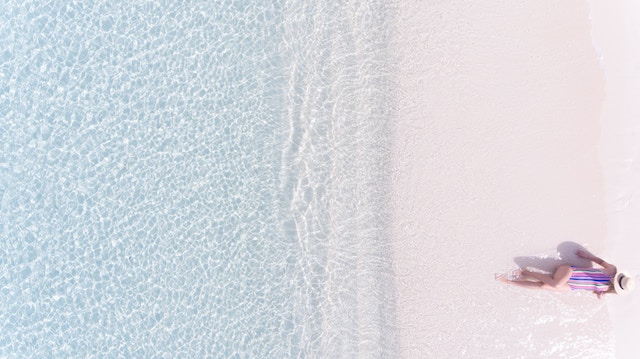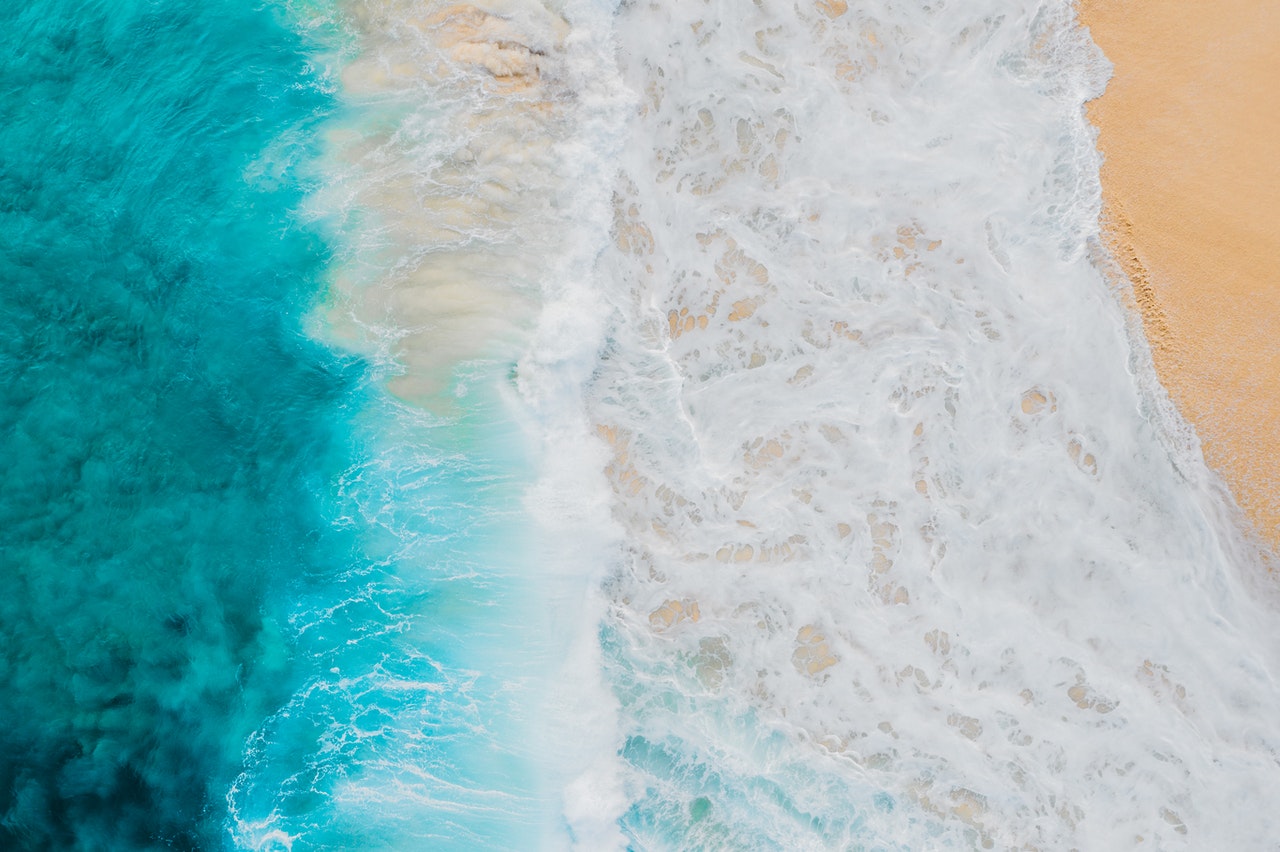Ever wondered what it would be like to live and teach in paradise? Grand Cayman, the largest island of the Cayman’s, is vacation paradise—think beautiful beaches and lush waters for snorkelling, but what about living and working there? Sarah dives into more about that, below.

1. Where are you teaching and what’s your school like? What made you choose that specific location?
Sarah: I took a 4 month maternity cover in Grand Cayman at one of the oldest international schools in the Cayman Islands. I chose the school because it had a great reputation and staff seemed professional and welcoming at interview. I was previously in Africa for 5 years and Cuba for a year so the Cayman Islands attracted me as being somewhere completely different (and perhaps more relaxed).
2. How did you get your job? What was the process like?
Sarah: The job spec was sent to me through Tiffany at Teacher Horizons. Once I replied to say I was interested, Tiffany arranged an interview. I was offered the job the same day and was on a plane to Cayman as soon as visas were arranged, approximately three weeks later.
TH: As teachers ourselves, we know how daunting travelling to teach abroad can be, and also how many exciting things there are to look forward to. We believe in the joy of new experiences, and that they will overcome the nerves you have. Our support enables the process to run smoothly so you can focus on the important things – like getting excited about your new home!
Read how a teacher of ours experienced life abroad, here.
3. What is the city like? Is there an active expat scene? What do you do in your free time?
Sarah: Grand Cayman is small – only approximately 22 miles long with a population of about 67,000 residents of all nationalities. It’s a small place and you will bump into people you know everywhere. There are a few beach bars and a good range of restaurants. Many people indulge in a buffet brunch on the weekends at one of the 5-star hotels. I joined two running clubs while I was there and became a volunteer at the animal shelter. I spent most of my evenings and weekends running (there are races of varied length and terrains most weekends), playing tennis, swimming in the ocean, walking shelter dogs or kiteboarding.
4. Which tourist sites or must-visit places are nearby?
Sarah: Being a small island, the focus is the beach. Visitors usually partake in water sports, including ample diving opportunities.
Browse our international schools for information and current vacancies.
5. What is the food like? Is international food available? Have you tried any unusual local dishes?
Sarah: Grand Cayman is very international with a variety of restaurants to cater for most tastes. I was a little disappointed that there wasn’t an abundance of ‘local’ eateries; eating out involves almost exclusively middle to high end places, with corresponding prices. Unfortunately, all food (even most tropical fruits) are imported so even fruit was very expensive (e.g. a watermelon can cost up to £10).
6. How is the culture different from your home culture? Have you experienced any culture shock?
Sarah: Around the main part of the island (where most schools/accommodation is) Grand Cayman is mostly ‘international’, with only a small Caribbean cultural scene. I loved the relaxed, sunny and active lifestyle I had in Grand Cayman but missed not having more local culture to connect with.
7. What’s the cost of living like? Are you able to save money?
Sarah: The cost of accommodation, eating out and entertainment is high – similar to large global cities such as Hong Kong or London (cost of a beer = approximately £10). My weekly shop was three times the price of my weekly shop previously. However, salaries are correspondingly higher and tax free. In addition, the lifestyle in Grand Cayman is not as busy and money-dependent as a usual city life (for example, I was able to amuse myself at the beach, running, doing sports with friends etc. for almost free). I was able to save money.
7. What’s the best thing about living and teaching in your chosen city? What have been your highlights so far?
Sarah: The best thing about teaching in Grand Cayman was the fabulous team of people at the school, and the excellent quality of life. Having lived in busy and polluted cities for the previous 6-7 years, Grand Cayman was literally a breath of fresh air. I was really able to enjoy a healthy and active lifestyle.
8. Are there any drawbacks? What kind of person would not be suited to this location?
Sarah: Drawbacks are high cost of living, relatively small population size, relative lack of culture and small area (also flat – so not really any hiking opportunities). However, I would consider these minor drawbacks in what is otherwise a relaxed, friendly and healthy place to live.
9. Any other advice for us?
Sarah: As for any location, research schools thoroughly and look up some potential activities or social groups to get involved with before you arrive.



